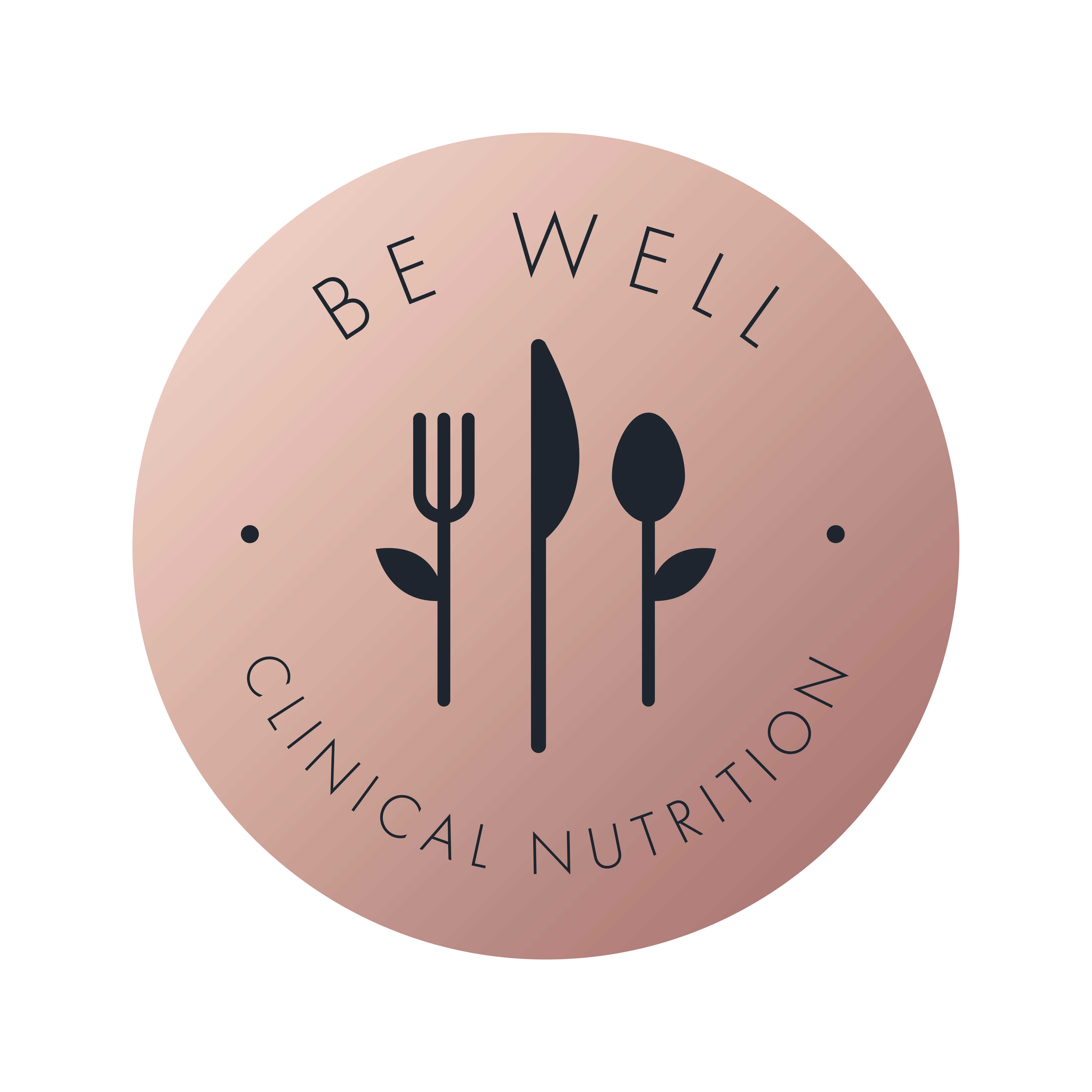Coeliac disease

Storage proteins in wheat are collectively referred to as gluten, but gluten is actually an aggregate formed from two major types of protein: gliadin and glutenin. In coeliac disease the immune system builds antibodies against these proteins, causing damage to the villi, which cover the surface of the intestine. Villi increase the surface area of your intestine and help it to digest food more effectively. Subsequently, the intestine is no longer able to absorb nutrients from food, and in the long term this can cause malnutrition. The most common sign of coeliac disease in adults is iron deficiency anaemia. This is due to long term decreased iron absorption which is common with untreated coeliac disease due to damage in the small intestine where iron, folate and vitamin B12 are absorbed (Thompson, Dennis, Higgins, Lee, & Sharrett, 2005). Studies show in newly diagnosed coeliac patients that vitamin and mineral deficiencies are highly prevalent (Wierdsma, van Bokhorst-de van der Schuereu, Berkenpas, Mulder, C, & van Bodegraven, 2013).
“Coeliac disease is the only autoimmune disorder where the trigger is known.” (UCCDC, 2013). Currently the only treatment for coeliac disease involves giving up all sources of gluten for life because eating foods that contain gluten will cause the symptoms, such as bloating, diarrhea, weight loss and fatigue to return as well as cause long term damage to health (Comino, Moreno, Real, Rodriguez-Herrera, Barro & Sousa, 2013).
Although conceptually simple, the diet changes are significant which can have a profound effect on a person’s life. Research has shown that when diagnosed early with coeliac disease intestinal healing increases progressively although not always completely (Lanzini, Lanzarotto, Villanicci, Mora, Bertolazzi, Turini, Carella, Malagoli, Ferrantes, Cesana, & Ricci, 2009).
Being diagnosed with coeliac disease and following a gluten free diet does not mean a person will be deprived of delicious and nutritionally complete food. However it takes time and practice to feel confident in the knowledge of what foods are safe to eat.
If you have recently been diagnosed with Coeliac disease, or even if you have been living with it for years I can guide and support you on your gluten-free journey.
References
Caponio, F., Summo, C., Clodoveo, M.L., & Pasqualone, A. (2007). Evaluation of nutritional quality of the lipid fraction of gluten free biscuits. European Food Research and Technology, 227(1):135-139. doi: 10.1007/s00217-007-00702-0
Comino, I., Moreno, M., Real, A., Rodriguez-Herrera, A., Barro, F., & Sousa, C. (2013). The Gluten-Free Diet: Testing alternative cereals tolerated by celiac patients. Nutrients, 5 (10), 4250-4268. doi:10.3390/nu5104250
Green, P. H. R., & Jones, R. (2010). Celiac disease: a hidden epidemic (Harper Collins revised and updated edition). New York, NY.
Lanzini, A., Lanzarotto, A. F., Villanicci, A., Mora, S., Bertolazzi, D., Turini, G.,Carella, G., Malagoli, A., Ferrantes, G., Cesana, B. M., & Ricci, C., (2009). Complete recovery of intestinal mucosa occurs very rarely in
adult coeliac patients despite adherence to gluten-free diet. Alimentary Pharmacology & Therapeutics, 29 (12): 1299-308. doi: 10.1111/j.1365-2036.2009.03992.x.
Norris, J. M., Barriga, K., Hoffenberg, E. J., Taki, I., Miao, D., Haas, J. E., Emery, L. M.,Sokol, R. J., Erlich, H. A., Eisenbarth, G. S., & Rewers, M., (2005). Risk of celiac disease autoimmunity and timing of gluten introduction in the diet of infants at increased risk of disease. The Journal of the American Medical Association. doi: 10.1001/jama.293.19.2343.
See, J. A., Kaukinen, K., Makharia, G. K., Gibson, P. R., & Murray, J. A., (2015). Practical insights into gluten-free diets. Nature Reviews. Gastroenterology & Hepatology 12, 580–591. doi: 10.1038/nrgastro.2015.156
Thompson, T., Dennis, M., Higgins, L. A., Lee, A. R., & Sharrett, M. K., (2005). Gluten-free diet survey: Are Americans with coeliac disease consuming recommended amounts of fibre, iron, calcium and grain foods? Journal of Human Nutrition and Dietetics, 18,163-169. Doi: 10.1111/j.1365 277X.2005.00607.x
University of Chicago Celiac Disease Center. (2013). Jump start your gluten-free diet! Living with Celiac/Coeliac disease & gluten intolerance. Chicago, IL.
Vici, G., Bell, L., Massimillano, B., & Polzonetti, V., (2016). Gluten free diet and nutrient deficiencies: A review. Clinical Nutrition, doi: 10.1016/j.clnu.2016.05.002
Wierdsma, N. J., van Bokhorst-de van der Schuereu, M. A. E., Berkenpas, M., Mulder, C. J. J., & van Bodegraven, A. A., (2013). Vitamin and mineral deficiencies are highly prevalent in newly diagnosed celiac disease patients. Nutrients, 5, 3975-3992. Doi: 10.3390/nu5103975


